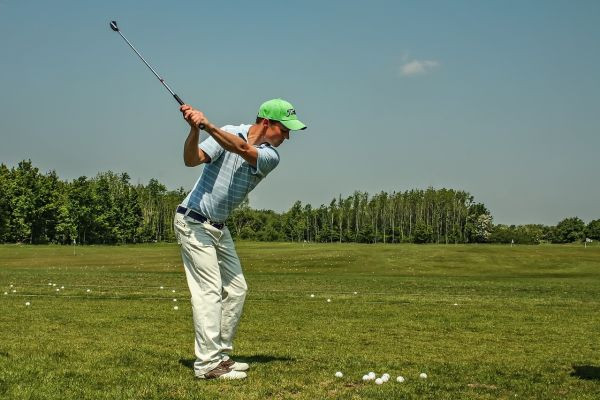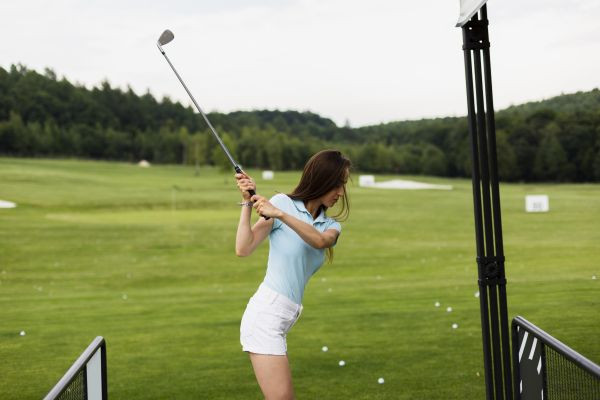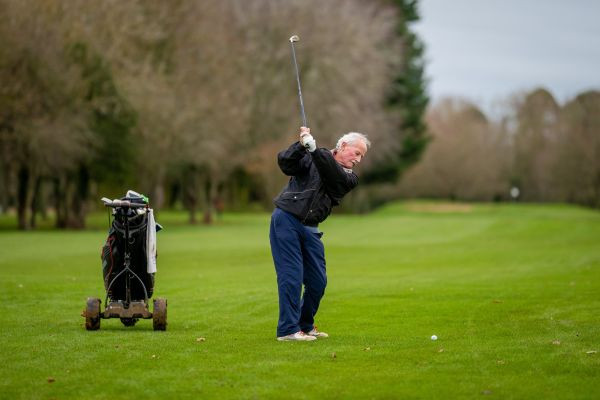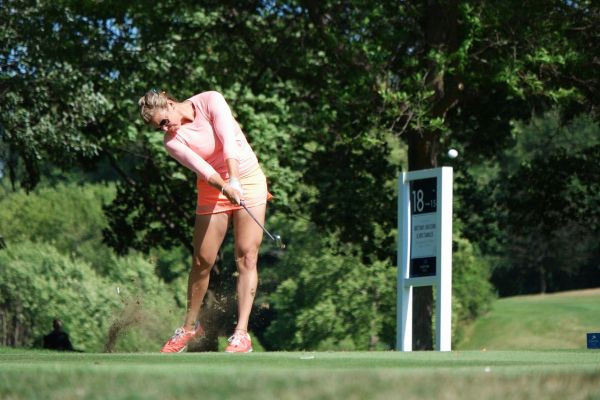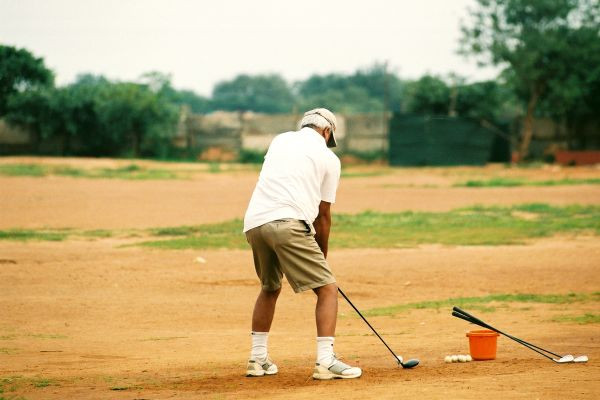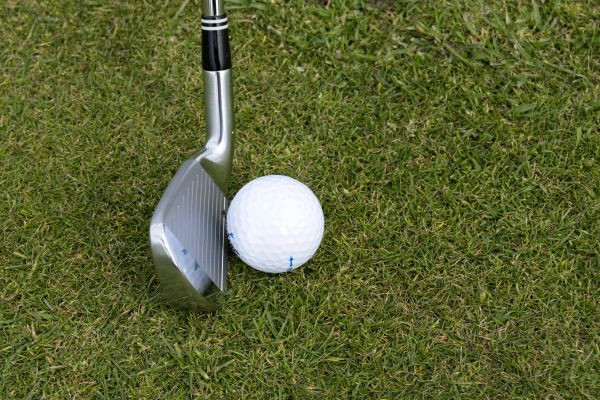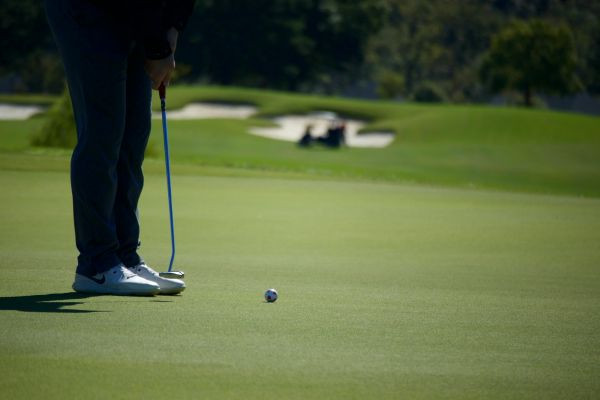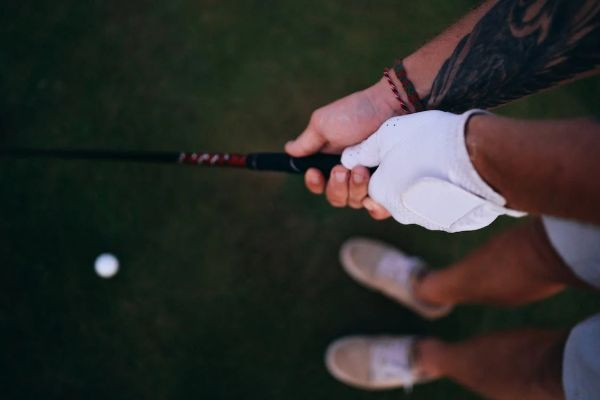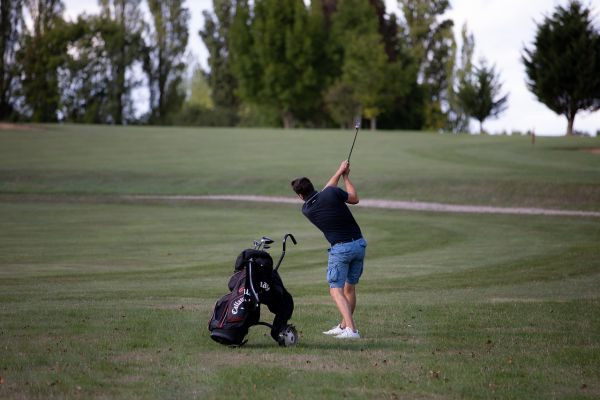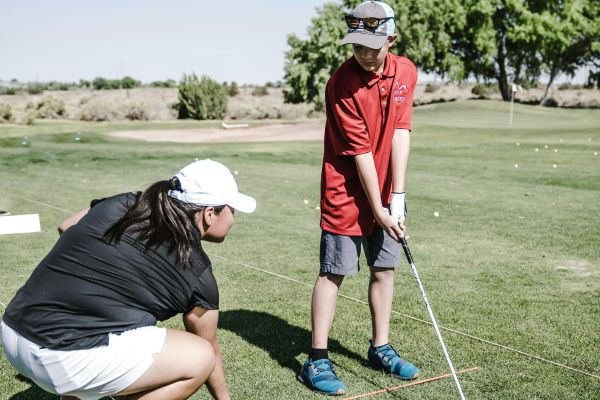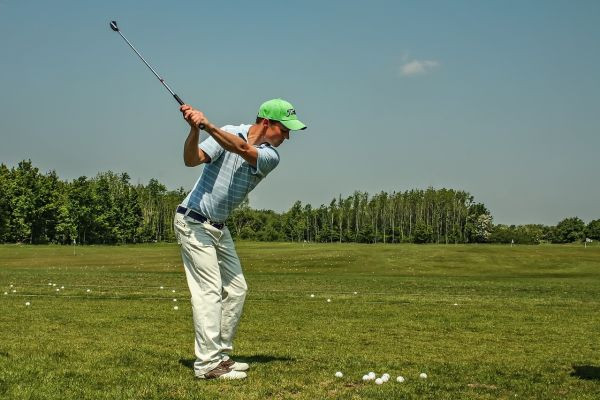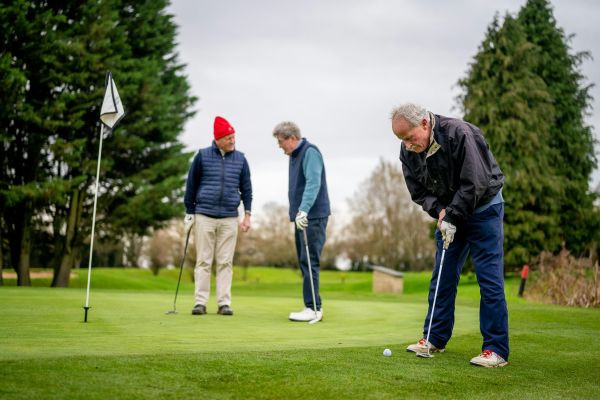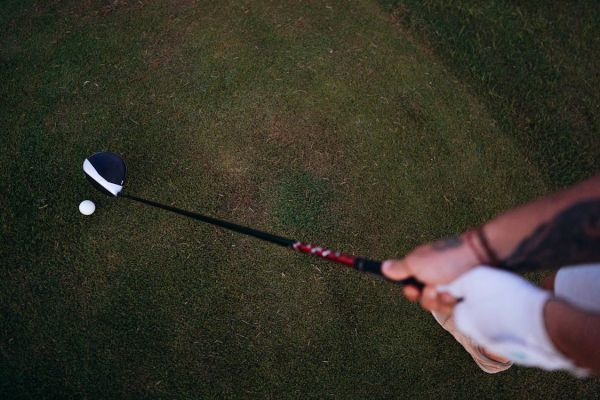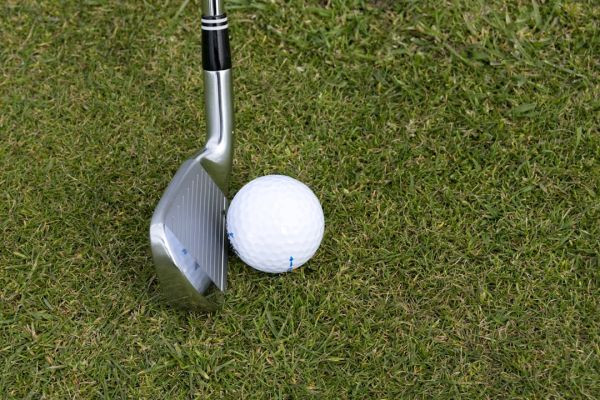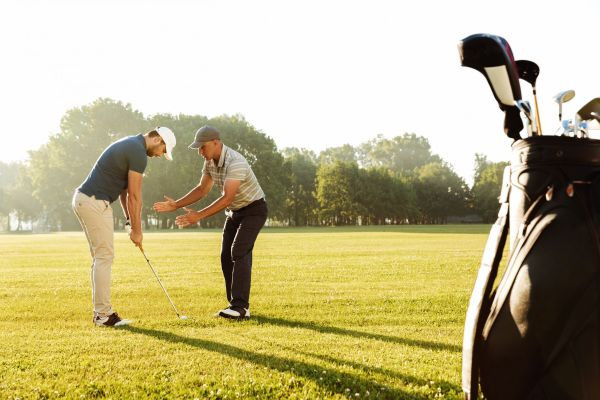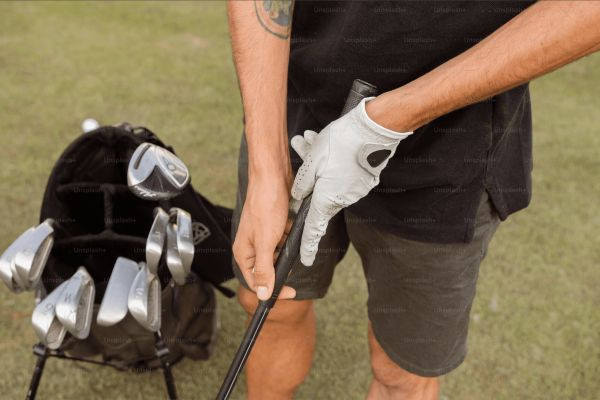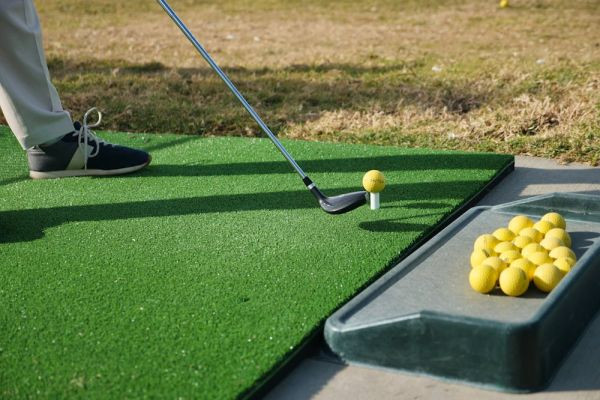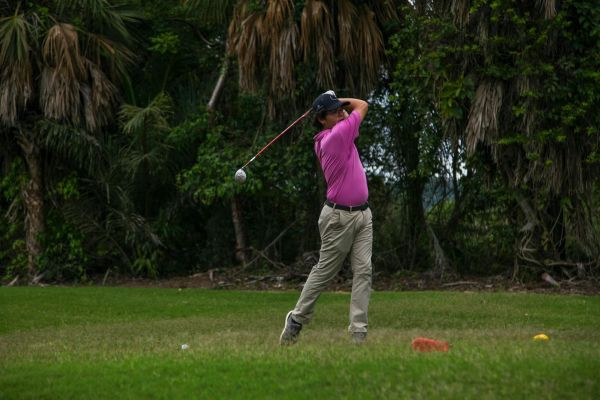Techniques to Stop Shanking the Golf Ball
Ah, the dreaded shank – every golfer's nightmare. Whether you're new to the game or an experienced player, shanking can suddenly turn a great round into a frustrating experience. But fear not, my fell..

Ah, the dreaded shank – every golfer's nightmare. Whether you're new to the game or an experienced player, shanking can suddenly turn a great round into a frustrating experience. But fear not, my fellow golf enthusiasts! This comprehensive guide is designed to help you understand why shanks happen and, more importantly, how to stop them dead in their tracks. So, grab your clubs, and let's straighten out those shots.
What is a Shank?
Picture this: you're lined up, eye on the ball, poised for what feels like a textbook swing. Then, contact! But instead of a satisfying flight towards the green, the ball skews off at an odd angle, veering sharply to the right or left. This, my friends, is the shank in action.
When a golf ball hits the hosel of the club instead of the intended spot on the face, it veers off course. This leads to the flight path that golfers dread but often have to face.
Common Causes of Shanking
Shaking or hitting a shot off the hosel typically stems from a combination of factors rather than just one issue. It's like a puzzle with pieces contributing to the challenge. Here are some common culprits:
Improper Setup: How you position yourself in relation to the ball is crucial. Standing close can cause crowding while standing far may result in loss of control and accuracy.
Swing Path Issues: The path your club takes towards the ball greatly affects your shot. Swinging inside out or outside in can easily lead to those hosel strikes.
Club Design: Surprisingly even the equipment you use can play a role in shanking. Certain features of clubs, such as hosel length and clubhead design could increase the chances of hitting off center shots.
Mental and Physical Preparedness: Golf requires both focus and physical skill. A brief moment of distraction or a hint of uncertainty can disrupt your swing entirely.
Grip and Posture: Your grip, on the club and your posture play a role in your swing. Mistakes in these elements can have a domino effect on your movements leading to a shank.
Fundamental Techniques to Eliminate Shanks

Source:https://www.freepik.com/free-photo/side-view-man-grassy-golf-field_12079981.htm
Proper Setup and Address
To prevent shanks it's important to master techniques like setup and address.
The space between you and the ball is precious in golf. It's not just about any distance; it's about finding that spot. Being too close may result in a shank while being far can affect the accuracy of your swing. The key is to maintain about a hands width of space between the end of your club and your body – this space acts as a safety cushion against shanks. Think of it as your bubble, for comfort and optimal performance.
The initial position you take with your club sets the stage for the swing. When you set up to hit the ball make sure the clubhead is positioned behind it and that the face is pointing where you want the ball to go. It might seem straightforward. Getting this alignment right can greatly reduce your chances of making a shot. Before taking your swing picture how you want the shot to play out with your club acting as the link, between your intentions and your actions.
Swing Mechanics Adjustments
Grip Technique
Your grip on the club is like a line of communication with both the club and the ball. Hold onto the club confidently. Don't squeeze tightly—aim for a balance between firmness and gentleness. Gripping hard can interfere with your swings rhythm resulting in off target shots while gripping too loosely can cause your clubface to veer off course at impact. Find that spot where your hands are in control without being overly forceful.
Posture and Balance
A golfer's stance reflects poise and preparedness. Stand with a posture, bent knees and a straight but relaxed back. This setup promotes a controlled swing. Start with weight distribution before shifting it throughout your swing, for optimal results. Maintaining a balance is crucial, for controlling where your clubface connects with the ball helping you avoid hitting the hosel.
Swing Path and Speed
The path and speed of your swing play key roles in creating a golf swing. Strive for an direct swing path that guides the club back and through the ball in a controlled arc. Focus on generating speed as a result of this process rather than making it the primary objective. By emphasizing a consistent swing you promote more centered ball contact. Consistently hitting the spot is essential for eliminating shanks and improving your performance.
Drill Your Way Out of Shanks
The Toe-Hit Drill
To prevent hitting the hosel one effective technique is to practice striking the ball with the toe of the club. This drill encourages you to adjust your swing to make contact with the ball using the club's toe, near the hosel.
Start by placing a line of tees on the ground running parallel, to the direction you want to hit but slightly outside where the ball is positioned. The aim is to strike the ball while also lightly brushing the tees with the toe of your club. This exercise will help you get a feel for keeping a distance from the ball with the club's hosel, reducing the chances of hitting shanks.
The Alignment Stick Drill
Alignment plays a role in achieving a golf swing and this drill is meant to assist you in visualizing and executing the correct swing path. Position an alignment stick in the ground at an angle that mirrors how you want your club's shaft to move during your swing. The stick should begin outside where the ball is placed and angle back towards your feet.
Practice swinging your club along this path created by the stick making sure that your club's shaft stays parallel to it as you bring down your swing. This visual guide will help ingrain in you a swing trajectory that avoids swinging inside or outside leading to more consistent and centered contact with the ball.
The Weight Shift Drill
Maintaining weight distribution throughout your swing is key to steering of shanks. This exercise emphasizes shifting your weight from your foot to your front foot while swinging. Begin by positioning an item like a golf ball or a glove beneath the edge of your back foot.
When you're swinging, focus on shifting your weight to release the object smoothly. This action promotes a weight transfer preventing the error of leaning backward or, toward the ball during the swing, which often results in shanks. By mastering this weight shift you'll enhance your balance and control, reducing the chances of mishits significantly.
Equipment Checks
Choosing the right golf clubs can be an effective way to avoid shanks. Clubs designed with forgiveness in mind like the resistant F2 Wedge incorporate features that minimize the risk of mis hits. These clubs typically have spots and design aspects that help steer clear of hitting the hosel.
While some may view a golf club fitting as a luxury it's essential for those people serious about enhancing their game. Custom fittings ensure that your clubs are customized to fit your body measurements and unique swing characteristics. Factors such as shaft length, flex lie, angle and grip size are adjusted to meet your requirements significantly lowering the chances of experiencing shanks
Mental and Physical Preparation
The mental game of golf is just as important as the physical. A lapse in concentration at the moment of impact can easily lead to a shank. Developing routines that enhance your focus can be invaluable. This might include visualization techniques, breathing exercises, or a consistent pre-shot routine that helps you mentally prepare for each shot.
Physical preparation plays a pivotal role in preventing shanks. A body that's strong, flexible, and well-conditioned is more capable of performing the dynamic movements required in golf. Incorporate exercises that enhance core strength, flexibility, and balance into your routine.
Focus on workouts that mimic the golf swing or improve the muscle groups most used during play. Yoga and Pilates can also be excellent for improving flexibility and core strength, reducing the risk of the swing faults that lead to shanks.
Advanced Tips from Pros
Ballard emphasizes the importance of not crowding the ball as doing so can hinder your swing's movement and increase the chances of hitting the hosel. To follow Ballards suggestion practice positioning your hands under your shoulders leaving a gap of at least a hands width between the club's end and your legs. This setup encourages a swing path. Sets the stage for more consistent shots without shanking.
Another respected golf coach, John Novosel, Jr. points out an overlooked aspect that affects players at all skill levels; how the club moves in relation to the body during the swing. Novosel cautions against letting the club stray far from the body, a mistake that often leads to shanking.
Novosel advises keeping the club close to your body throughout the swing to promote a path that helps prevent hitting the hosel. Practicing drills that focus on swinging from the inside out can help you get a feel for your swing making it more precise and less likely to result in shanking.
Even if you put in a lot of effort and try out these suggestions some golfers might still struggle with shanks during their game. But don't worry, this frustrating issue doesn't have to be the end of your golfing journey. Getting guidance from a golf instructor who is certified can offer you a perspective and specialized advice tailored to your individual obstacles. A golf pro can analyze your swing one on one pinpoint the root causes of your shanks and create a plan for improvement.
Conclusion
Dealing with shaking while playing golf can be tough. It's not something you can't overcome. By using techniques practicing drills and having the gear you can tackle this challenge head on. Remember that every golfer faces setbacks along the way but with determination and dedication to practice you'll soon find yourself back on the fairway.
Frequently Asked Questions (FAQs)
What is the quickest fix for a shank?
One common quick fix for shanking is adjusting your setup – make sure you're not standing close to the ball. Making a tweak, like this can make a difference by helping you avoid hitting the ball on the hosel of the club.
Can changing clubs really stop shanking?
Switching clubs can sometimes fix shanking issues especially if your current clubs don't match your swing or body type. Clubs with sweet spots and forgiving designs can lower the chances of shanking. While changing equipment can help it's important to work on your technique for results.
How do I know if my swing path is causing shanks?
If shanks are caused by your swing path you may notice the ball sharply veering to the right (for golfers) or left (for left handed golfers) with a low trajectory. Getting feedback from a coach or using video analysis can reveal if an outside swing path is causing the problem. Practicing with alignment sticks or drills that promote an inside out swing path can fix this issue leading to shanks.
Are there specific exercises to improve my swing and reduce shanks?
Yes, there are exercises meant to enhance your swing and minimize shanking occurrences.
Engaging in drills that focus on weight transfer, such as the step drill, practicing exercises to develop swing path awareness like the towel drill and incorporating strength and flexibility workouts that target core muscles to support an efficient swing are all essential components.
Can grip size affect shanking?
Yes, the size of your grip can impact shanking. If the grip is too large or too small for your hands it may result in a grip technique that affects the stability of your swing and can lead to mishits including shanks. Ensuring that your clubs have the appropriate grip size for your hands is an effective method to enhance your swing performance and minimize the chances of shanking.









